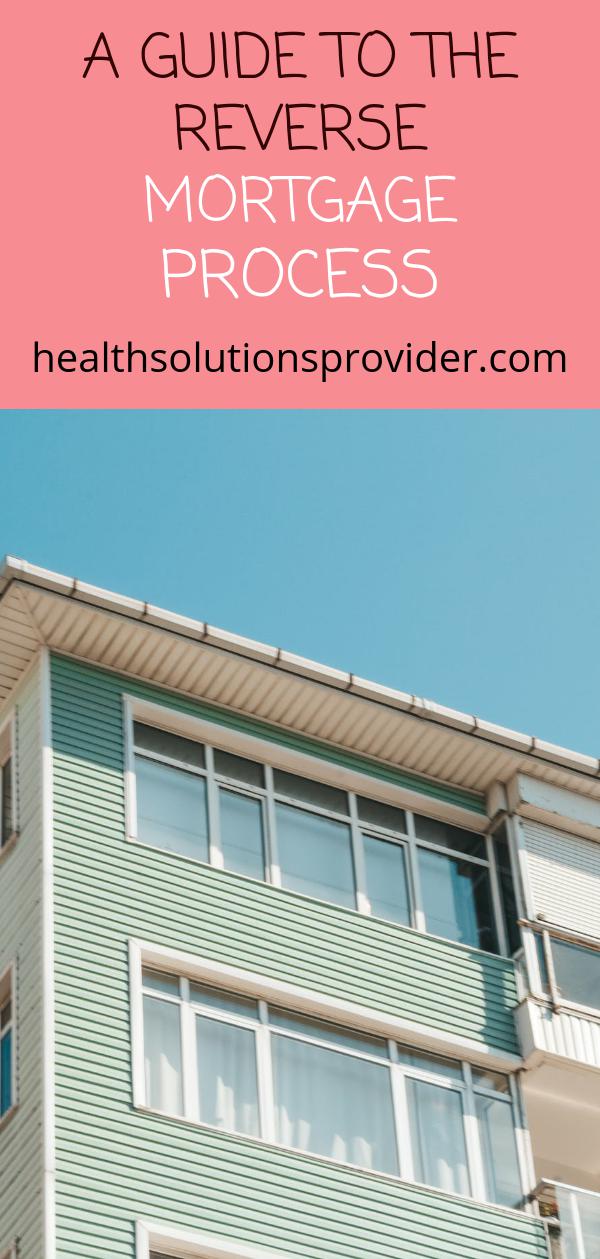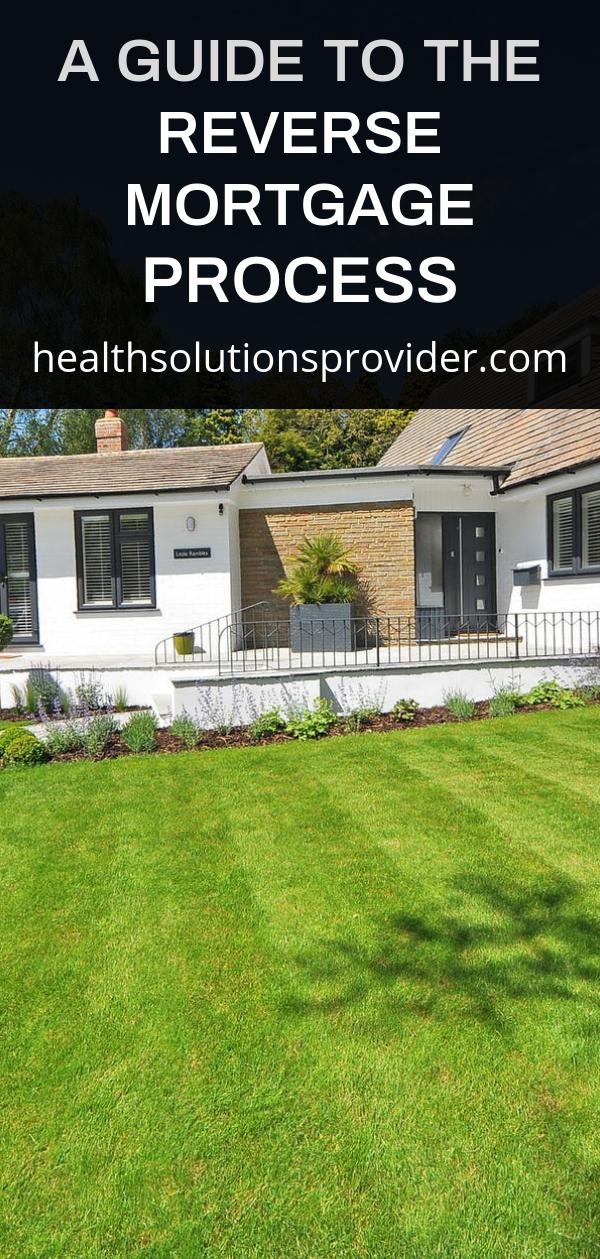The Reverse Mortgage Process
Are you ready to take out a reverse mortgage? Well if you are indeed prepared to cash in your home’s equity, here are the things you need to know and accomplish.

Do your reverse mortgage homework and research as thoroughly as possible. Though you may be mentally prepared to convert your home’s property value, you will never know if there are other things you have not yet touched down. Look for a list of reverse mortgage lenders and note down their rates and conditions so you can compare these agencies. Reverse mortgage kits and guidelines can also be found online for free. When you have done enough reading and researching, seek an independent third party consultation from the HUD list. They conduct the private counseling in person or over the phone. This is especially useful is you have encountered terms that you do not quite understand. Additionally, if you have heard myths about a reverse mortgage, they can debunk it for you.
Once all your doubts are settled, fill out an application form from your preferred lender and choose your mode of reverse mortgage payment. You can receive payment through a lump sum, term, modified term, tenure, and modified tenure. Your previous session with the financial counselor would have already provided you with the necessary payment options information.
Your chosen lender will process your application and this involves a full investigation and appraisal of your home. They will be able to determine the value of your property based on its location and status. Afterward, the lender will finalize the loan parameters and submit the full package for underwriting.
When your loan has been successfully underwritten and approved, they will make a computation of the initial interest rates and closing expenses. You will then be presented with the loan contract that states the final figures and closing papers. Once the contract has been closed, you have three business days to cancel the loan. Should you decide to do so, you must cancel in writing otherwise, the disbursement will begin to process on the fourth business day.

If you have existing loans placed on the property, the lender will arrange to cover the payments necessary. It is imperative that you are only obligated to the reverse mortgage while it is in effect. That is why before the loan money is released to you the existing debts will have to be paid. The rest of the funds will form part of your line of credit or monthly amortization no matter how big or small the excess is. There are instances wherein the existing loan repayments have consumed the full mortgage fund. When this happens, the reverse mortgage remains in effect but no other payments will be made to you.
When the existing debts have been repaid, you reverse mortgage amortization will commence and you receive the payment according to your preferred payment option. Your reverse mortgage will expire when either of the three has transpired: the borrower dies, the home is sold, or it ceases to be the primary residence.
